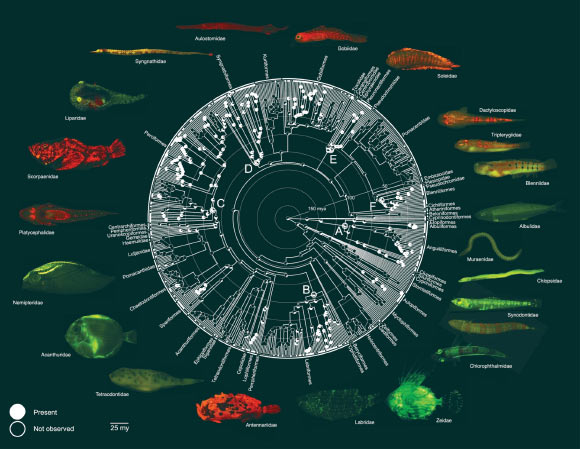Now Reading: Physicists Unveil Heaviest Proton-Emitting Isotope: Astatine-188
-
01
Physicists Unveil Heaviest Proton-Emitting Isotope: Astatine-188
Physicists Unveil Heaviest Proton-Emitting Isotope: Astatine-188

Speedy Summary
- Physicists at the University of Jyväskylä, Finland, observed two decay events of a new isotope astatine-188 (¹⁸⁸At), the heaviest proton-emitting isotope known.
- The nucleus ¹⁸⁸At consists of 85 protons and 103 neutrons.
- Proton emission is a rare and extreme form of radioactive decay where the nucleus emits a proton to move toward stability.
- The isotope was created via fusion-evaporation by irradiating natural silver with an ion beam made from strontium (⁸⁴Sr) ions.
- Detection was achieved using RITU recoil separator and precise spectrometry techniques due to the short lifespan and low production rate of these exotic nuclei.
- Researchers expanded a theoretical model to interpret data, describing ¹⁸⁸At as strongly prolate or “watermelon-shaped.”
- Findings indicate potential changes in binding energy trends for heavy nuclei due to unprecedented interactions involving valence protons.
- Future studies aim to observe more decay events for ¹⁸⁸At or discover unknown isotopes like astatine-189 (¹⁸⁹At).
Indian Opinion analysis
The discovery of astatine-188 marks an crucial milestone in nuclear physics by revealing insights into proton emission mechanisms, which are relatively unexplored compared to other types of radioactive decay. Such findings contribute significantly toward understanding atomic stability boundaries and could influence theoretical models concerning heavy elements globally.
For India’s scientific community, this progress emphasizes opportunities for cross-border collaboration with leading international laboratories on advanced nuclear research. Innovations like those seen in Finland could inspire Indian researchers working on particle accelerators or reactors. Additionally, breakthroughs in theoretical modeling may drive interest for further specialized programs within Indian institutions focused on rare isotope behavior.While the study itself may not instantly impact India directly technologically or politically, it’s implications promote broader conversations around global progress in advanced physics-a field where India has growing expertise through domestic advancements such as ISRO’s efforts in space exploration or laser-based experiments at local labs.
—
























